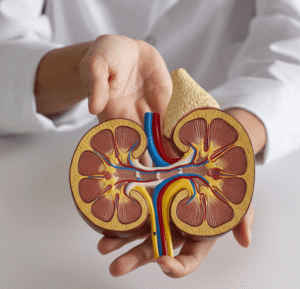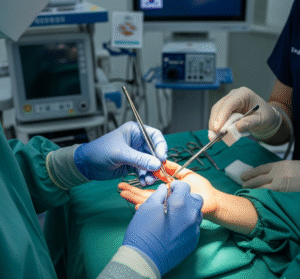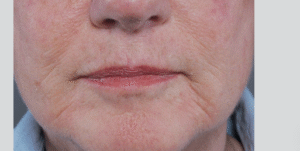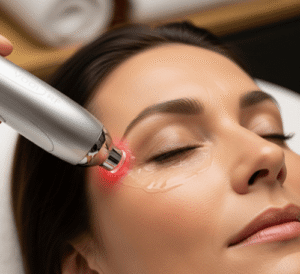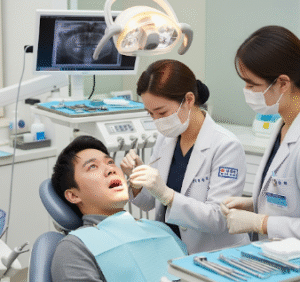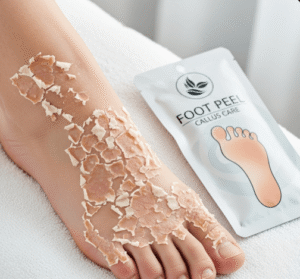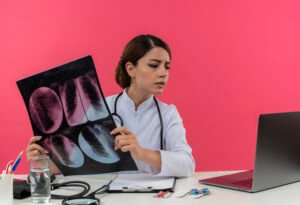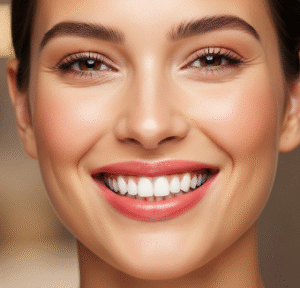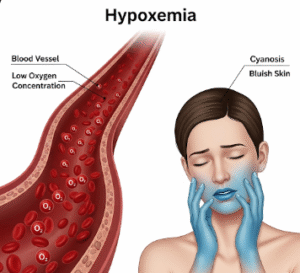What It Is
A malar fat pad lift is a cosmetic surgical procedure designed to reposition and elevate the sagging fat pads in the midface (cheek area). With age, the malar fat pad gradually descends, leading to hollow under-eyes, deep nasolabial folds, and a tired appearance. By lifting and restoring these fat pads, the procedure rejuvenates the midface, creating a youthful, lifted look.
In layman’s terms, it’s a surgery to “lift the cheeks” back to their natural position, making the face look younger, fuller, and refreshed.
Why It’s Done
- To correct midface sagging and restore youthful cheek contour.
- To reduce deep smile lines (nasolabial folds).
- To improve under-eye hollowness or dark circles.
- To restore balance in people with flat or sunken cheeks.
- To achieve a more lifted, rested appearance.
Common patient groups:
- Individuals in their 30s–60s with visible midface aging.
- Patients after massive weight loss with sagging cheeks.
- People seeking natural rejuvenation without overfilling with fillers.
Alternatives
- Non-surgical options: Dermal fillers, fat grafting, or thread lifts (temporary, less dramatic results).
- Other surgical options: Facelift (for more extensive sagging), lower blepharoplasty with fat repositioning.
- Limitations: Non-surgical methods require frequent maintenance, while surgery offers long-lasting results.
Preparation
- Consultation with a plastic surgeon to discuss goals and facial anatomy.
- Pre-surgical tests: blood work, imaging if necessary.
- Stop smoking and avoid blood-thinning medications for at least 2 weeks before surgery.
- Fasting may be required if general anesthesia is planned.
How It’s Done
- Typically performed under general or local anesthesia with sedation.
- A small incision is made (often hidden inside the lower eyelid or hairline).
- The surgeon repositions and secures the malar fat pad to a higher position.
- Excess skin may be trimmed if necessary.
- Duration: 1–2 hours.
- Hospitalization: usually outpatient or 1 night in the hospital.
Recovery
- Swelling and bruising peak within the first week and subside within 2–3 weeks.
- Most patients return to normal activities in 10–14 days.
- Makeup can usually be applied after 1 week.
- Full healing and final results may take 2–3 months.
Possible Complications
- Bruising, swelling, and temporary numbness.
- Asymmetry or under/over-correction.
- Infection or scarring (rare).
- Risk minimized when performed by experienced surgeons.
Treatment Options in Korea
Diagnosis
- Korean surgeons use 3D imaging and facial analysis to design a customized lift.
- Photographic simulations help patients visualize expected outcomes.
Medical Treatments (Non-Surgical)
- Fillers and fat grafting for mild sagging.
- Thread lifts with advanced absorbable sutures.
Surgical or Advanced Therapies
- Endoscopic midface lift (minimally invasive).
- Combined lower blepharoplasty + malar fat pad repositioning.
- Use of dissolvable sutures and microsurgical precision.
- High success rates with natural-looking outcomes compared to many Western approaches.
Rehabilitation and Support
- Korean clinics provide advanced post-op care such as LED therapy, lymphatic drainage, and swelling-reduction treatments.
- Multilingual support staff assist international patients with travel, stay, and recovery


